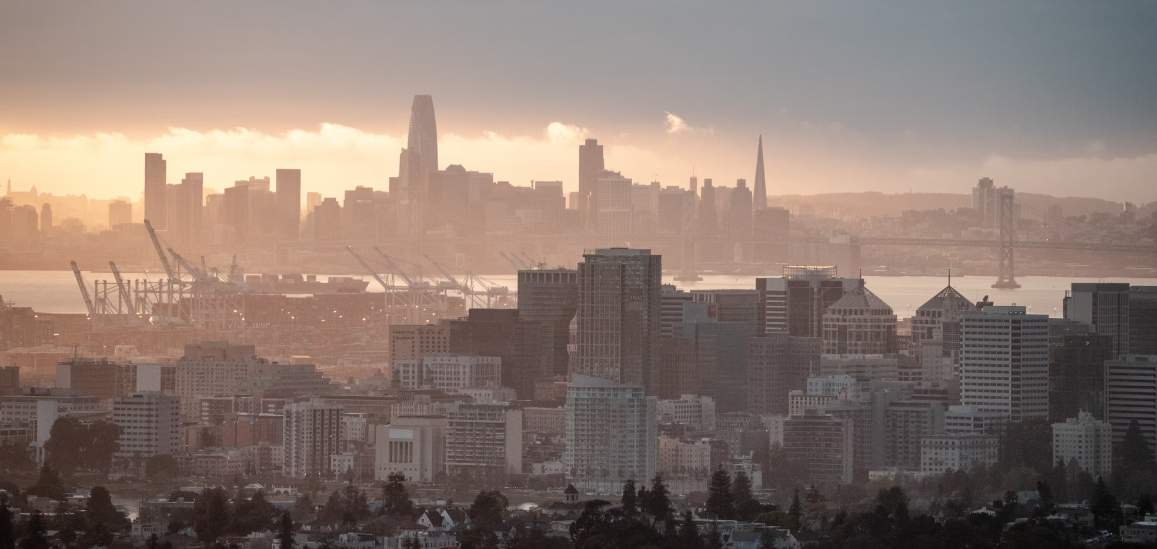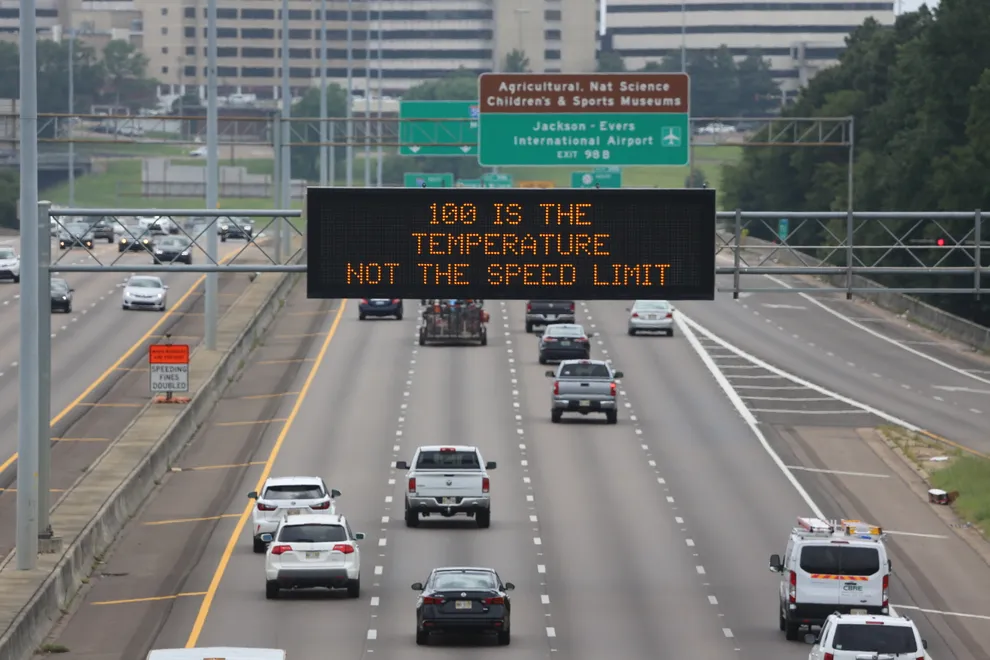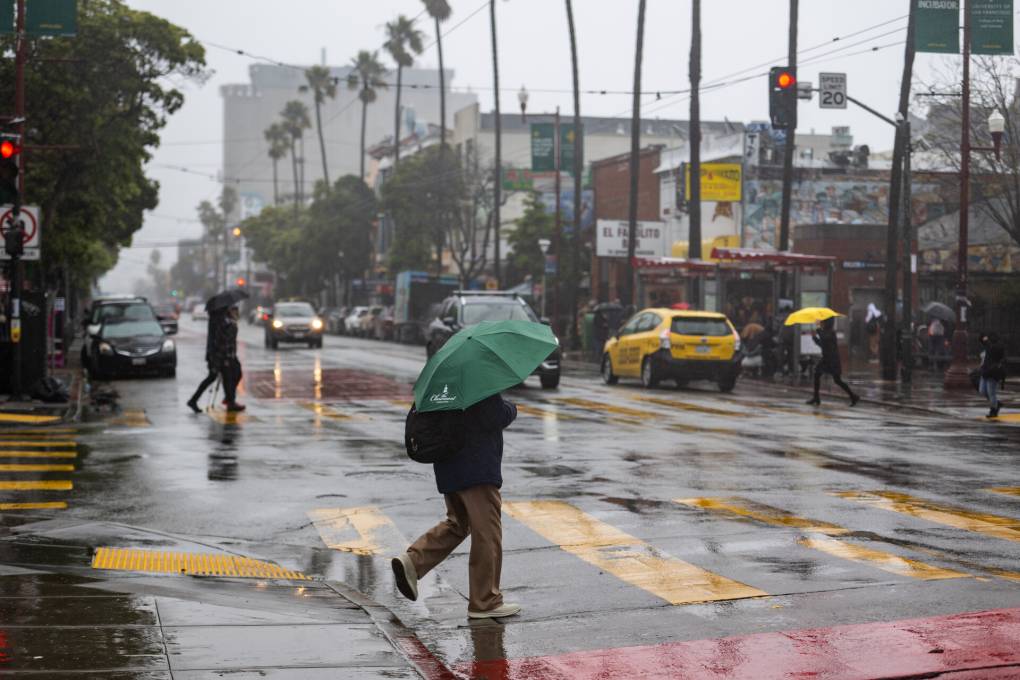California has some of the most populous cities in America, with 9 cities making the top 50. These cities are so populated because of the abundance of options available in urban areas. For instance, more job opportunities exist in a wider variety of fields, enticing people who live in rural areas to move.
However, people weren’t always attracted to city life. Back in 1960, the rural population was twice that of urban areas. This impact must’ve done something, right? The significant shift in population away from urban areas couldn’t have left the world unchanged.
And it didn’t. Urbanization has greatly impacted all aspects of life and is the leading cause of things you wouldn’t even consider. Take, for example, weather conditions. You wouldn’t think urbanization would have a huge impact on the weather, but cities' lack of vegetation actually causes a phenomenon called heat islands. In rural areas, vegetation absorbs a large amount of heat during evaporation. But in urban cities, there is nothing to release that heat, which causes an increase in temperature. Aside from higher temperatures, urban areas also cause an increase in rain.
Weather isn’t the only thing cities impact; urbanization has also caused a shift in employment and where people choose to work. Before the Industrial Revolution, the vast majority of people worked in farming or other rural jobs. Now, there’s a major shift from agriculture to technology and other urban-based jobs. This transition, however, started a shortage of farmers and placed increasing pressure on existing farms to produce crops.
With all this new land being taken up by new cities and expanding farms, many communities have resorted to expanding into neighboring forests. In fact, the farming and meat industries are among the leading factors of deforestation, further worsening the world's ongoing climate crisis.
While this increase in urbanization has propelled us, creating new job opportunities and pioneering new inventions in countless science and technology fields, we must also acknowledge all the harm urbanization does to the environment. Many people make the mistake of ignoring their impact on the environment, choosing instead to focus on the positive. The few that acknowledge the harmful effects wave off their responsibility to the earth, claiming that “global warming is too far gone to do anything about it” or that “individuals are too small to make a difference.” This kind of thinking is detrimental to actually fixing our mistakes, especially when there are so many solutions that different countries have found to help with the climate crisis.
We can look to Copenhagen as the first carbon-neutral city to emulate and urge our politicians and public representatives to do more for our environment and future. Countries like the Netherlands push to develop sustainable technologies, like their floating farms. With three stories dedicated to growing produce that will be sold to the community directly, these floating islands take up much less space and give back to the community. Even in America's own Austin, Texas, we can find urban farms that are not only good for the environment but also work to give jobs and shelter to those in need.
Floating farms and urban gardens aren’t the only ways people can give back to the environment. There are much easier ways for everyday people to give back to their environment, which is why we’ve compiled a list of apps or websites that you can use to benefit both you and the environment.
Flora is a motivation app that plants trees when you complete tasks. When you start a task, a tree will start growing in the Flora app, and if you move from that tab, the tree will start to die. Once you complete your task, the tree will be fully grown, and Flora will plant a real tree.
Route is a carbon-neutral package tracking app that reduces carbon dioxide from the atmosphere. Whenever you order a package with carbon-neutral shipping, you earn a carbon credit, which tells you how much carbon you’ve removed from the atmosphere.
Ecosia is a search engine that works to combat deforestation. Every time you search for something, it works to plant a tree. You can see how many trees you’ve planted with your searches with the built-in tracker.
PlantSnap is a plant identification app that helps you identify local flora and fauna and tells you important information about where they come from. PlantSnap also plants one tree for every new user, so just downloading the app helps combat deforestation.
Sources
header image used under the Unsplash License
https://www.youtube.com/watch?v=pUbHGI-kHsU&t=55s
https://www.youtube.com/watch?v=gfCcI6_1iiA&list=PLXthoedLVIdIZ_EF0JkLTvqDxwSce5hAH
https://www.meet-my-job.com/en/articles/the-5-apps-and-sites-to-plant-trees-from-home-1

 Humorous Highway Signs Will Be Gone by 2026
Humorous Highway Signs Will Be Gone by 2026